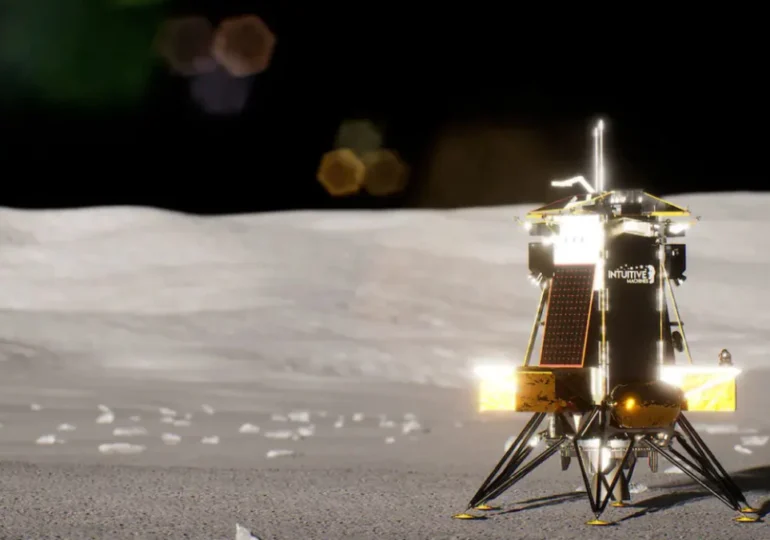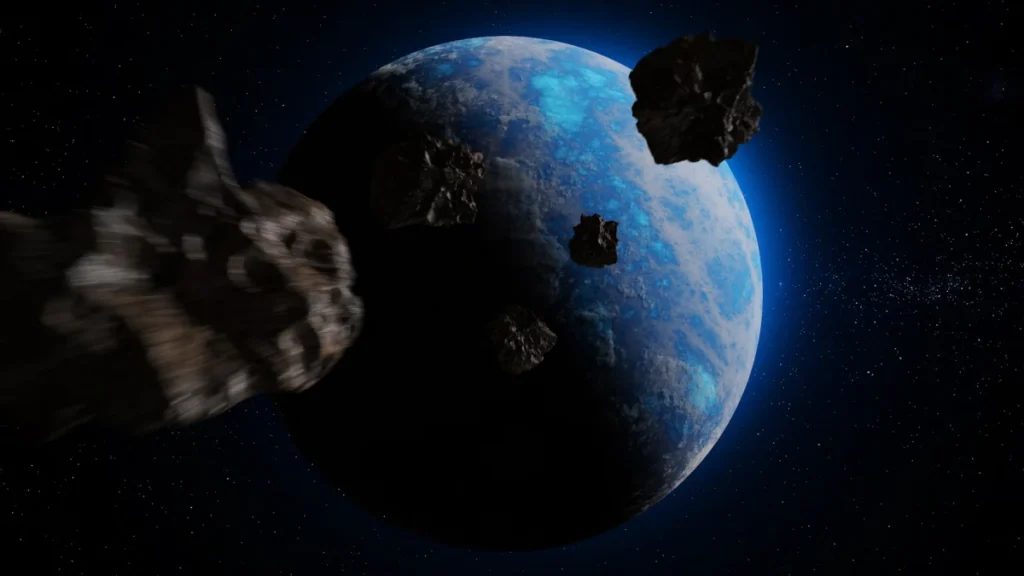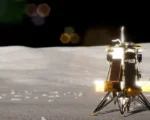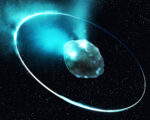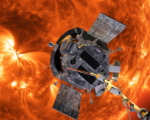Asteroid Apophis Still Presents a Minor Impact Risk for Earth in 2029, New Research Indicates
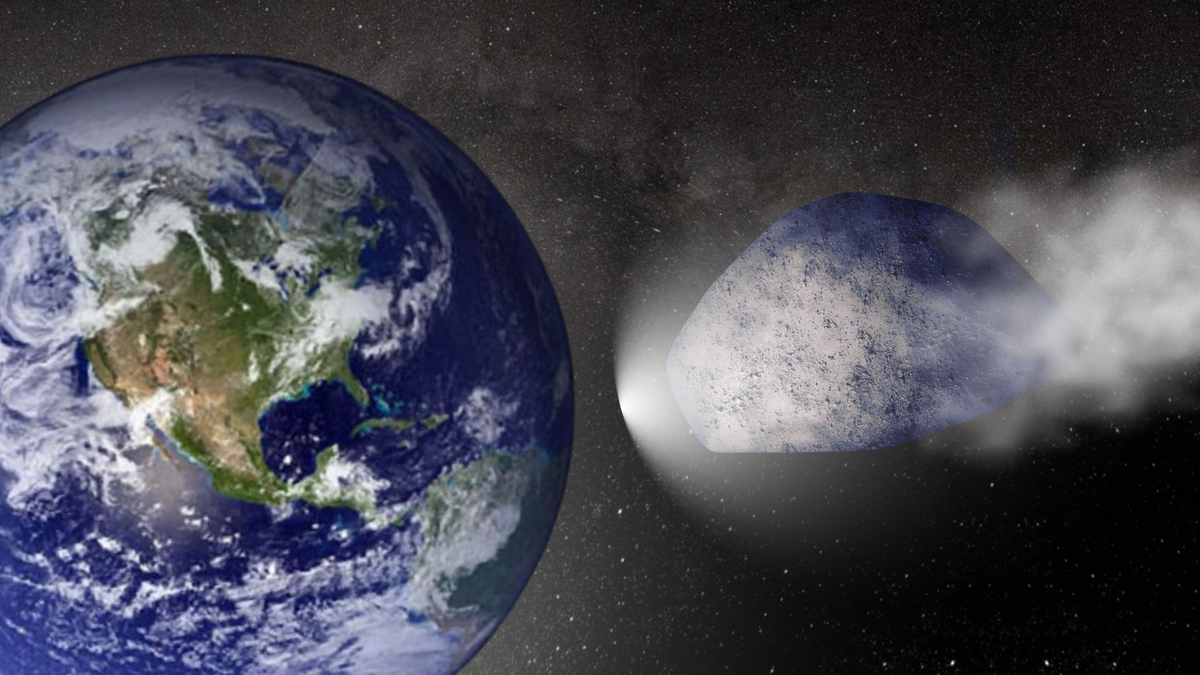
The study suggests that asteroid Apophis might face a slight risk of colliding with Earth in 2029, influenced by a possible encounter with another asteroid prior to its flyby.
There is a growing concern surrounding the enormous asteroid Apophis, known as the “God of Chaos,” which could potentially collide with Earth during its close approach in 2029. Measuring approximately 1,100 feet (340 meters) wide—similar in size to the Eiffel Tower—Apophis was named after the Egyptian god of darkness for a reason. While past studies have ruled out a direct impact during its flyby, recent research indicates that the possibility of a collision cannot be entirely dismissed.
A Very Close Flyby
Apophis is set to make its closest approach to Earth on April 13, 2029, coming within about 20,000 miles (32,000 kilometers) of our planet. This distance is closer than some of our satellites orbiting Earth, raising alarm bells among astronomers and space agencies. Initially, early observations triggered fears of a potential collision, but subsequent analyses have confirmed that the asteroid will miss us by a narrow margin. Despite this assurance, the close proximity of Apophis still raises concerns, especially regarding the potential for its trajectory to be altered by external forces.
Can Apophis Be Knocked Off Course?
The notion that Apophis could be nudged into a collision course with Earth arises from research showing that asteroids can change their trajectories if struck by smaller objects. NASA’s successful DART (Double Asteroid Redirection Test) mission in 2022 demonstrated that this scenario is feasible; the mission altered the course of the asteroid Dimorphos by impacting it with a spacecraft. If Apophis were to encounter another asteroid before its flyby, the resulting impact could feasibly shift its trajectory closer to Earth.
Recent Research Findings
Recent studies have highlighted that while the odds of a direct collision remain slim, the dynamics of asteroid interactions are complex. The gravitational influence of other celestial bodies, such as the Moon or larger asteroids, can create a chain reaction of gravitational perturbations, potentially altering Apophis’s flight path. This uncertainty underscores the importance of ongoing monitoring and research into asteroids that come close to Earth, ensuring we remain vigilant.
Preparing for the Unknown
In light of these findings, planetary defense experts emphasize the need for preparedness and the development of strategies to mitigate the impact of potential asteroid collisions. These could include advanced detection systems and plans for future missions aimed at deflecting hazardous asteroids. Although the likelihood of Apophis colliding with Earth in 2029 is minimal, continued research and monitoring are crucial for understanding and managing the risks posed by near-Earth objects.
The Public’s Interest
The topic of asteroid impacts has captured public interest, sparking discussions about space exploration and planetary defense. Educational initiatives and outreach programs aim to inform the public about the significance of these studies, the technology involved, and what is being done to protect our planet from potential threats. As we continue to learn more about celestial dynamics, the story of Apophis serves as a reminder of the challenges we face in understanding and navigating the complexities of our solar system.
Conclusion
While the asteroid Apophis poses a slight risk during its close approach in 2029, it is essential to remain informed and prepared. The advancements in our understanding of asteroid dynamics, coupled with successful missions like DART, provide hope for our ability to avert potential disasters. As we look to the stars, it is vital to foster a culture of curiosity and preparedness, ensuring that humanity is ready to face the challenges of our cosmic neighborhood.


